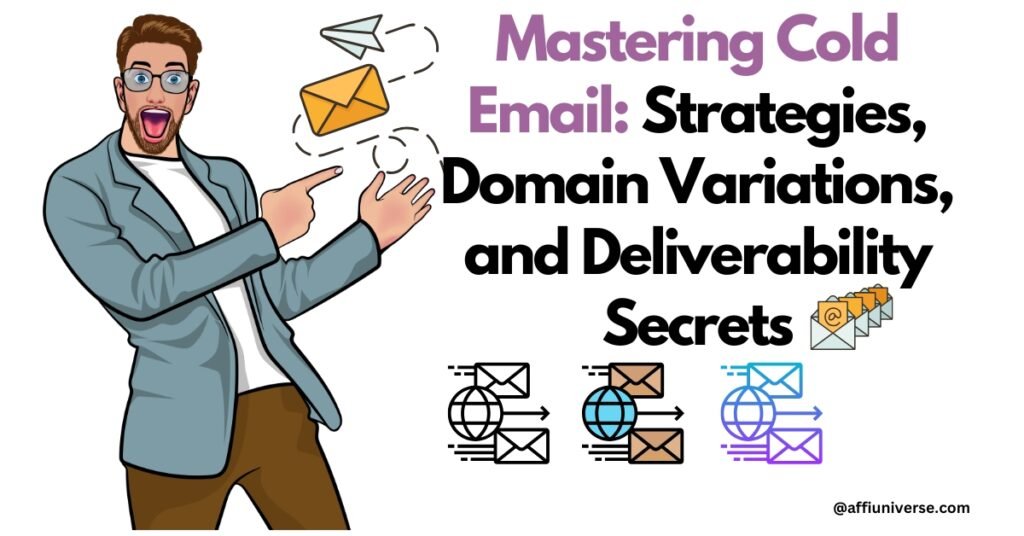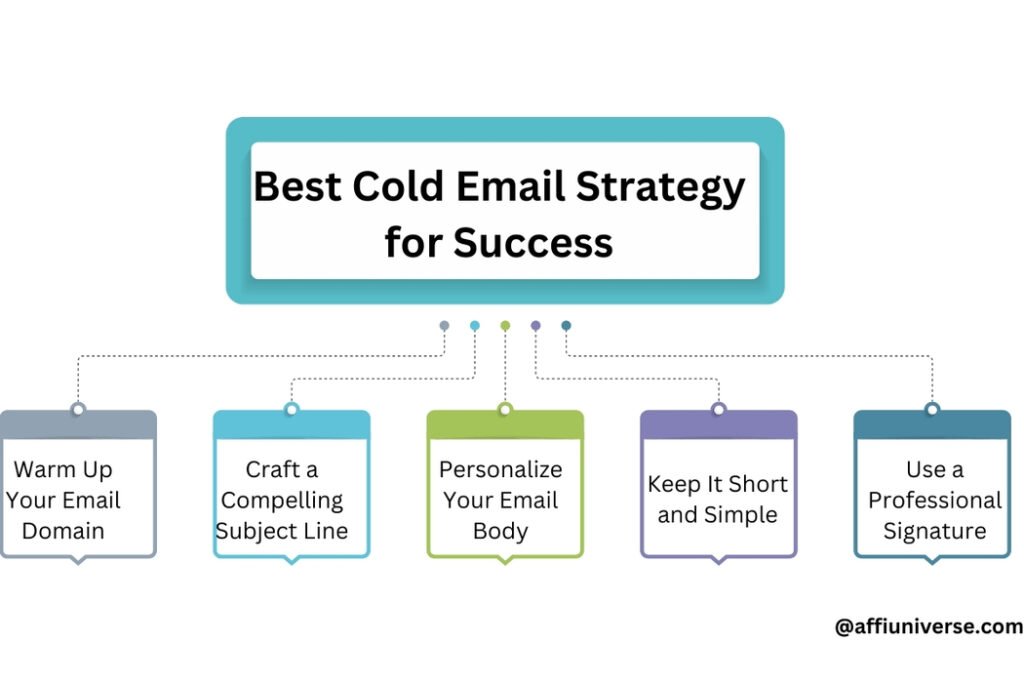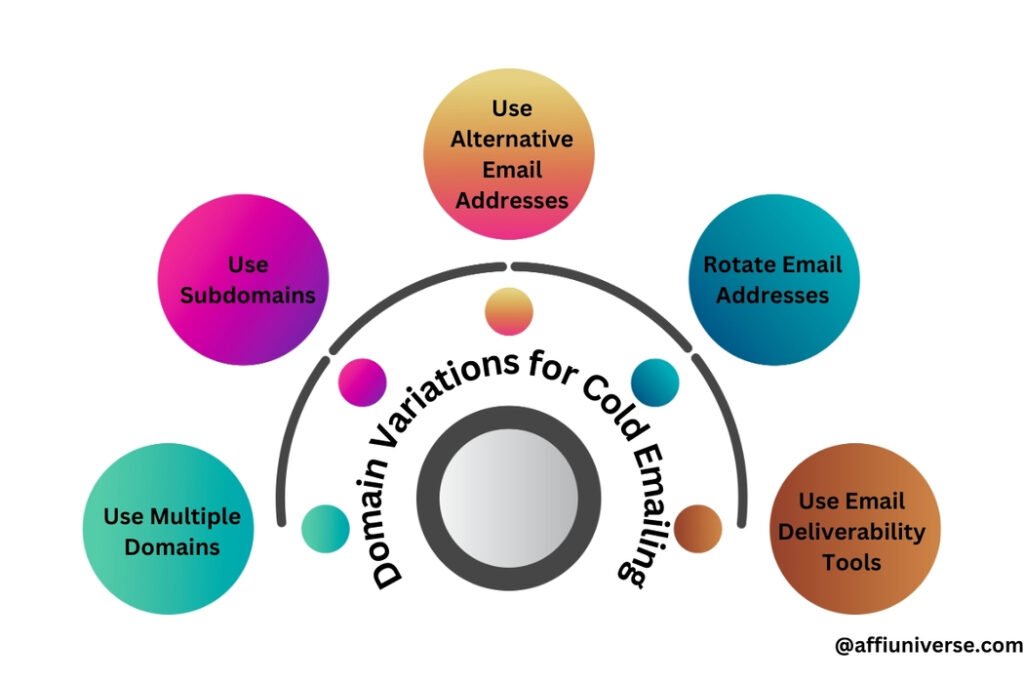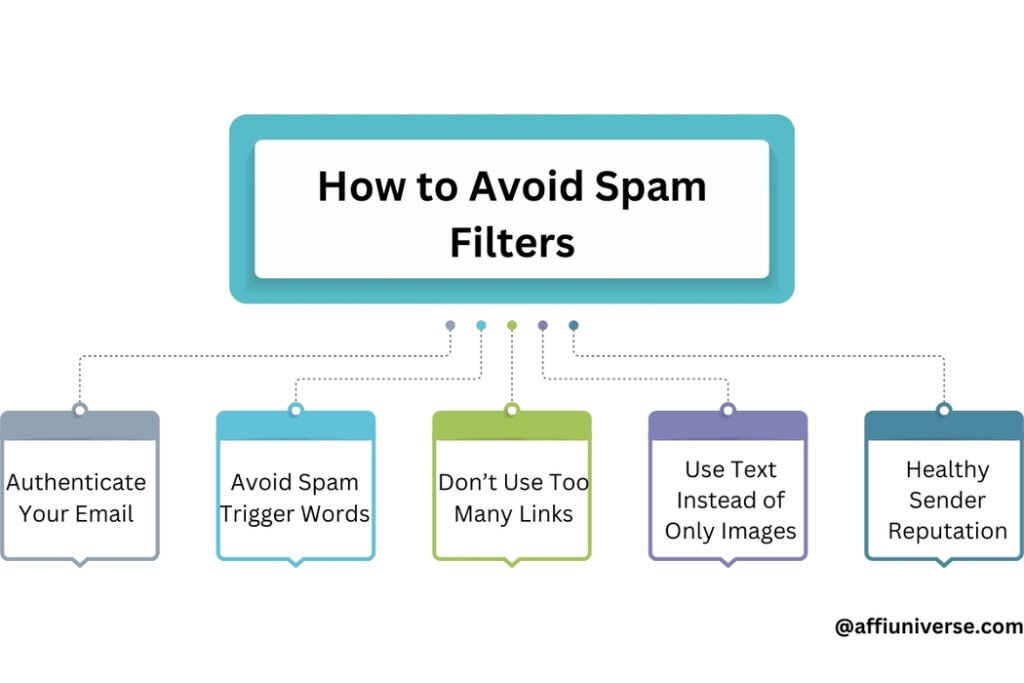
Introduction
Cold emailing remains one of the most effective methods for reaching new prospects, generating leads, and building valuable business relationships. However, it can be tricky to execute successfully. With inboxes flooded daily, you must craft emails that grab attention, avoid spam filters, and prompt responses.
This guide will break down the best cold email strategies, domain variations for cold emails, and practical tips to boost your success rate.
Understanding Cold Emailing
Cold emailing is sending unsolicited emails to potential customers or business partners. While it might sound intrusive, when done correctly, it can be a powerful way to introduce your product or service and start meaningful conversations.
Why Cold Emails Work
- Direct communication – You reach decision-makers directly.
- Scalability – You can send hundreds or thousands of emails with automation.
- Personalization – Cold emails can be tailored to the recipient, increasing engagement.
- High ROI – Compared to other outreach methods, cold emails are cost-effective.
Common Mistakes to Avoid
- Sending generic emails – Prospects can tell when an email is mass-produced.
- Ignoring compliance laws – Follow CAN-SPAM, GDPR, and other regulations.
- Overloading with information – Keep it short and to the point.
- Not testing different strategies – A/B testing is key to improving results.
Best Cold Email Strategy for Success

1. Warm Up Your Email Domain
Before sending cold emails, you need to establish a good sender reputation. Email service providers (ESPs) monitor how your domain behaves. You’ll likely land in spam if you start blasting emails from a fresh domain.
How to Warm Up Your Email Domain:
- Start slow – Send only a few emails per day and gradually increase.
- Engage with real contacts – Have conversations with actual people.
- Avoid spammy content – Refrain from using words like “FREE” or excessive capital letters.
- Authenticate your email – Set up SPF, DKIM, and DMARC records.
2. Craft a Compelling Subject Line
Your subject line determines whether your email gets opened. Aim for curiosity, relevance, and brevity.
Effective Subject Line Examples:
- “Quick question about [Company Name]”
- “[First Name], let’s talk about [Pain Point]”
- “Ideas to boost your [Business Goal]”
3. Personalize Your Email Body
A personalized email stands out. Mention the recipient’s name, company, or a recent event relevant to them.
Example:
“Hi [First Name],
I saw your recent post about [Topic] and was impressed by your insights. I wanted to share something that might help you achieve [Business Goal]. Would you be open to a quick chat?”
4. Keep It Short and Simple
People are busy. If your email is too long, it won’t be read. Aim for 3-5 short paragraphs.
Formula for a Cold Email:
- Introduction – Who you are and why you’re reaching out.
- Value Proposition – What’s in it for them?
- Call to Action (CTA) – What do you want them to do next?
5. Use a Professional Signature
A professional email signature builds credibility. Include:
- Your name
- Your role
- Company website
- Contact details
- LinkedIn profile (optional)
Domain Verification: Ensuring High Deliverability
Once you’ve set up your domain variations, the next crucial step is verification. Without proper verification, your emails may never reach the inbox.
1. Key DNS Records to Set Up
To improve your email reputation, set up these essential DNS records:
- SPF (Sender Policy Framework) – Helps prevent email spoofing by specifying which servers are allowed to send emails on behalf of your domain.
- DKIM (DomainKeys Identified Mail) – Adds a digital signature to verify the authenticity of your emails.
- DMARC (Domain-based Message Authentication, Reporting, and Conformance) – Tells email providers how to handle unauthenticated emails from your domain.
- Custom Tracking & Reply-To Domains – Use tools like Mailgun, SendGrid, or Postmark to set up custom tracking domains for link tracking and analytics.
2. How to Verify Your Cold Email Domains
- Use tools like Google Postmaster Tools, MXToolbox, or GlockApps to check your domain reputation.
- Authenticate your domain with email-sending platforms like Lemlist, Woodpecker, or Instantly.
- Ensure your emails are not flagged as spam by testing with services like Mail-Tester.com.
3. Warm Up Your Domains
New domains require a warm-up period before sending bulk emails. Steps to warm up a domain:
- Send a few emails daily and gradually increase the volume over 3-4 weeks.
- Engage in real conversations with recipients to build trust.
- Use warm-up tools like Mailreach or Mailwarm.
Domain Variations for Cold Emailing
When cold emailing, using domain variations is a smart strategy to protect your primary domain’s reputation and improve deliverability. Here’s a quick introduction to domain variations and why they matter:
What Are Domain Variations?
Domain variations are alternative domains that closely resemble your main business domain but are used specifically for outbound email campaigns. Instead of sending cold emails from yourbrand.com, you might use:
- yourbrand.co
- yourbrand.io
- yourbrandmail.com
- yourbrandconnect.com
- getyourbrand.com
Why Use Domain Variations for Cold Emailing?

Scale Outreach Safely – You can rotate multiple domains to maintain a good sender reputation.
Protect Your Primary Domain – If too many emails get flagged as spam, your main domain won’t be affected.
Improve Deliverability – Using fresh domains with proper warm-up can help emails land in the inbox instead of spam.
Avoid Blacklisting Issues – If a cold email domain gets blacklisted, it won’t impact your primary website or customer emails.
1. Use Multiple Domains
- Instead of sending all emails from yourcompany.com, create variations like:
- yourcompany.co
- yourcompany.io
- yourcompany.net
2. Use Subdomains
- Create subdomains specifically for cold emails, such as:
- outreach.yourcompany.com
- sales.yourcompany.com
- marketing.yourcompany.com
3. Use Alternative Email Addresses
- Set up variations of your email address:
4. Rotate Email Addresses
Rotating email addresses helps maintain a good sender reputation and avoid spam filters. By using multiple email addresses across different domains, you distribute sending volume and reduce the risk of blacklisting. This strategy improves deliverability and ensures consistent outreach success.
5. Use Email Deliverability Tools
Monitor email performance with tools like:
- Mailwarm
- Woodpecker
- Lemlist
- GMass
Cold Email Follow-Up Strategy
Most responses come from follow-ups. Don’t expect a single email to do all the work.
How Many Follow-Ups Should You Send?
- 1st follow-up: 2-3 days after the initial email
- 2nd follow-up: 5-7 days later
- 3rd follow-up: 10-14 days later
- Final follow-up: 2-3 weeks later
Follow-Up Email Examples
Follow-Up #1: “Hi [First Name],
Just checking in to see if you had a chance to review my previous email. I’d love to hear your thoughts on [Topic]. Let me know if this is of interest.”
Follow-Up #2: “Hey [First Name],
I understand you’re busy, but I wanted to follow up one last time. If this isn’t the right time, no worries—just let me know. Happy to connect whenever it works for you!”
How to Avoid Spam Filters

To avoid spam filters, authenticate your email with SPF, DKIM, and DMARC. Use a warm-up process before sending bulk emails. Avoid spam trigger words like “free” or “guaranteed.” Limit the number of links and images. Personalize your emails and send them gradually. Regularly clean your email list to remove inactive addresses and improve deliverability. To ensure your emails land in the inbox, follow these best practices :
1. Authenticate Your Email
Set up:
- SPF (Sender Policy Framework)
- DKIM (DomainKeys Identified Mail)
- DMARC (Domain-based Message Authentication)
2. Avoid Spam Trigger Words
Avoiding spam trigger words is crucial for ensuring your cold emails land in the inbox. Words like “free,” “urgent,” “guaranteed,” and “cash bonus” can activate spam filters, reducing deliverability. Instead, use natural, conversational language. Avoid excessive punctuation (e.g., “Act Now!!!”) and all caps. Keeping your emails professional, relevant, and personalized will help them bypass spam filters and increase engagement with your recipients.
3. Don’t Use Too Many Links
Including too many links in your cold emails can trigger spam filters and reduce deliverability. Ideally, limit your email to one or two essential links, such as a website or a booking page. Avoid hyperlinking entire sentences—stick to concise anchor text. Too many links can make your email look promotional rather than conversational, leading to lower open rates and engagement. Keep it clean and focused.
4. Use Text Instead of Only Images
Emails that contain only images with little or no text often get flagged as spam. Spam filters can’t read images the way they process text, making image-heavy emails seem suspicious. To improve deliverability, always include a good balance of text and visuals. Ensure key messages are conveyed through text, and use alt text for images. A well-structured email with readable content increases engagement and avoids spam filters.
5. Maintain a Healthy Sender Reputation
- Avoid sending bulk emails in one go.
- Use warmed-up email domains.
- Regularly clean your email list to remove inactive addresses.
Final Thoughts
Mastering cold emailing is essential for successful outreach, whether you’re generating leads, networking, or closing deals. By using domain variations, setting up proper authentication, and following best practices, you can improve deliverability and get better results.
If you’re interested in an email marketing job, mastering cold email strategies is a valuable skill. Businesses rely on experts who can craft compelling emails, optimize inbox placement, and drive engagement. Developing these skills can open doors to high-paying opportunities in digital marketing.
Remember, consistency is key. The more you refine your approach, the better results you’ll achieve. Happy cold emailing!





